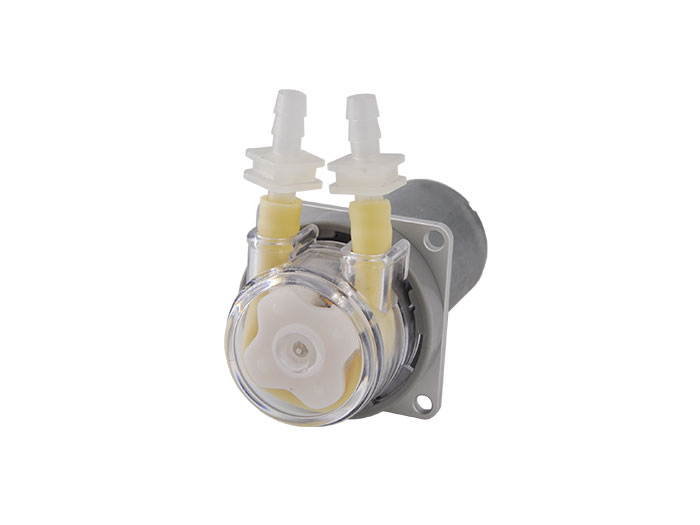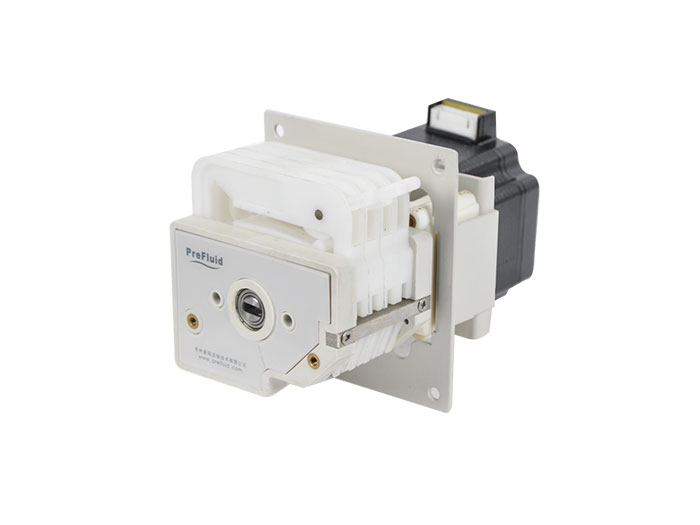The peristaltic pump hose is extruded by platinum vulcanization process, which eliminates the problem of precipitates frequently encountered in other vulcanization methods. So, how to choose the right peristaltic pump hose?
The peristaltic pump hose is extruded by platinum vulcanization process, which eliminates the problem of precipitates frequently encountered in other vulcanization methods. So, how to choose the right peristaltic pump hose?
First of all, a suitable peristaltic pump hose should have the following characteristics:
1. With certain elasticity, the hose can be quickly restored to shape after radial compression (Shore hardness: 40 ~ 80).
2. It has certain wear resistance.
3. Ability to work under pressure.
4. No leakage (good air tightness).
5. Low adsorption, temperature resistance, not easy to aging, no swelling, corrosion resistance, low precipitates.
Secondly, in the selection of peristaltic pump hose should pay attention to the following conventional indicators:
1. Chemical compatibility
When pumping corrosive fluids, it is critical to select the correct pump pipe material. The wrong selection of pump pipe materials can lead to dangerous situations, which may damage equipment and endanger personal safety. Please check the chemical compatibility table provided by the pump and pipe manufacturer for each use.
In addition, hose should be tested before using new or ungraded chemicals. Dip a small section of hose into the fluid. After a period of time, check the hose size, color, weight and strength changes.
2. No pollution
Isolation of fluids is critical in many applications such as laboratory research, pharmaceuticals, and the production of biotechnology products. A large number of studies have demonstrated that silica gel tubes and silica-based materials do not react with various biological materials. There are other types of materials that have such properties and meet USP Class VI requirements. Some pumps use inert PTFE pipe assemblies.
3. Flexural resistance
The ability of different pipes to withstand repeated rolling of rollers is also different. In general, the service life of a pump tube is determined by a combination of specific pump tube size, tube material, pump head type, and operating speed. The service life of the pump tube, or the flexural yield limit in the pump, is the primary consideration before entering a new application. The selection of pipes with large flexural resistance, thicker pipe wall and lower running speed can maximize the extension of the operation mission of the pump pipe.
Step 4: Clarity
For some applications, it is valuable to observe the movement of the fluid through the pipe in order to understand clearly the process of pumping or dry running. Opaque tubing, on the other hand, is good for some photosensitive fluids.
Step 5: Hardness
Wall hardness is critical to determining the pumping capacity of a particular pipe. Pump pipe is too soft, easy to damage; If the pump tube is too hard, the pump will not work. A durometer (e.g. Shore A) can be used to determine the physical properties of a particular tube.
6. Fluid pressure
Fluid pressure usually restricts the ability of the pump pipe to transport pressure fluid. Most peristaltic pumps use unsupported pipes. The pressure limit of this type of pump tube is 2 to 3bar.
After prolonged operation, some of the particles in the tube will separate and fall into the fluid. Experts refer to this as "stripping." In some applications, such particles can be seen with the naked eye. To minimize stripping, the frequency of pipe replacement should be increased.


